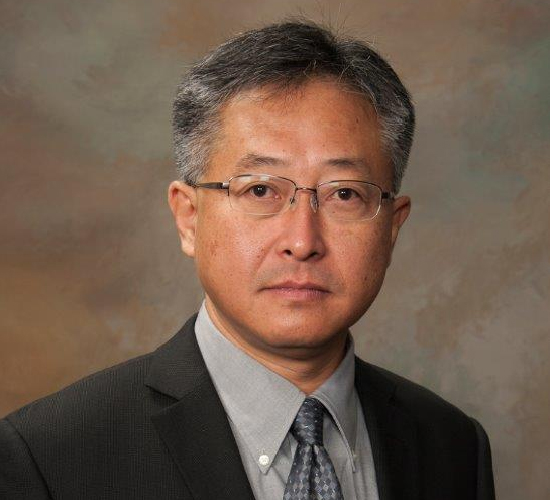M.S. Marine Environmental Sciences, Stony Brook University, 1987
B.S. Mineral and Petroleum Engineering, Seoul National University (Korea), 1985
Professor
Department of Marine and Coastal Environmental Science

As far back as I can remember, I have always loved to play in the water, particularly in the ocean water. Whenever my family visited a beach, my parents had to literally drag me out of the ocean when they were ready to go back home. My love for the ocean, then not as a subject to study about but as a place to play in, grew with time. So much so that after I got a bachelor degree in the Mineral and Petroleum Engineering, I decided to go to the graduate school in the field of Marine Science. It turns out to be an excellent choice for me. I have been studying about the ocean while playing in it.
Memorizing facts seems pretty useless these days. You can find whatever facts you are looking for almost instantaneously using smart phones. I hence do not ask my students to memorize facts. I rather want them to learn to think logically and deliver their thoughts logically to others, both to the experts in the field and layperson. I also encourage my students to get involved in the research of multidisciplinary topics, for example, those topics related to water quality and living resources. I believe university faculty thrives on success of their students. I take a great pride in the success of my students.
Kuo, A.Y., K. Park, and M.Z. Moustafa (1991) Spatial and temporal variabilities of hypoxia in the Rappahannock River. Estuaries, 14(2), 113-121.
Park, K., J.-H. Oh, H.-S. Kim, and H.-H. Im (2002) Case study: Mass transport mechanism in Kyunggi Bay around Han River mouth, Korea. Journal of Hydraulic Engineering, 128(3), 257-267.
Park, K., H.-S. Jung, H.-S. Kim, and S.-M. Ahn (2005) Three-dimensional hydrodynamic-eutrophication model (HEM-3D): application to Kwang-Yang Bay, Korea. Marine Environmental Research, 60(2), 171-193.
Park, K., C.-K. Kim, and W.W. Schroeder (2007) Temporal variability in summertime bottom hypoxia in shallow areas of Mobile Bay, Alabama. Estuaries and Coasts, 30(1), 54-65.
Park, K., H.V. Wang, S.-C. Kim, and J.-H. Oh (2008) A model study of the estuarine turbidity maximum along the main channel of the upper Chesapeake Bay. Estuaries and Coasts, 31(1), 115-133.
Kim, C.-K., K. Park, S.P. Powers, W.M. Graham, and K.M. Bayha (2010) Oyster larval transport in coastal Alabama: dominance of physical transport over biological behavior in a shallow estuary. Journal of Geophysical Research, 115, C10019, doi:10.1029/2010JC006115.
Dzwonkowski, B. and K. Park (2012) Subtidal circulation on the Alabama shelf during the Deepwater Horizon oil spill. Journal of Geophysical Research, 117, C03027, doi:10.1029/2011JC007664.
Ha, H.K. and K. Park (2012) High-resolution comparison of sediment dynamics under different forcing conditions in the bottom boundary layer of a shallow, micro-tidal estuary. Journal of Geophysical Research, 117, C06020, doi:10.1029/2012JC007878.
Kim, C.-K. and K. Park (2012) A modeling study of water and salt exchange for a micro-tidal, stratified northern Gulf of Mexico estuary. Journal of Marine Systems, 96-97, 103-115.
Park, K., S.P. Powers, G.S. Bosarge, and H.-S. Jung (2014) Plugging the leak: Barrier island restoration following Hurricane Katrina enhances habitat quality for oysters in Mobile Bay, Alabama. Marine Environmental Research, 94, 48-55.
Kyeong Park
Professor
Department of Marine and Coastal Environmental Science